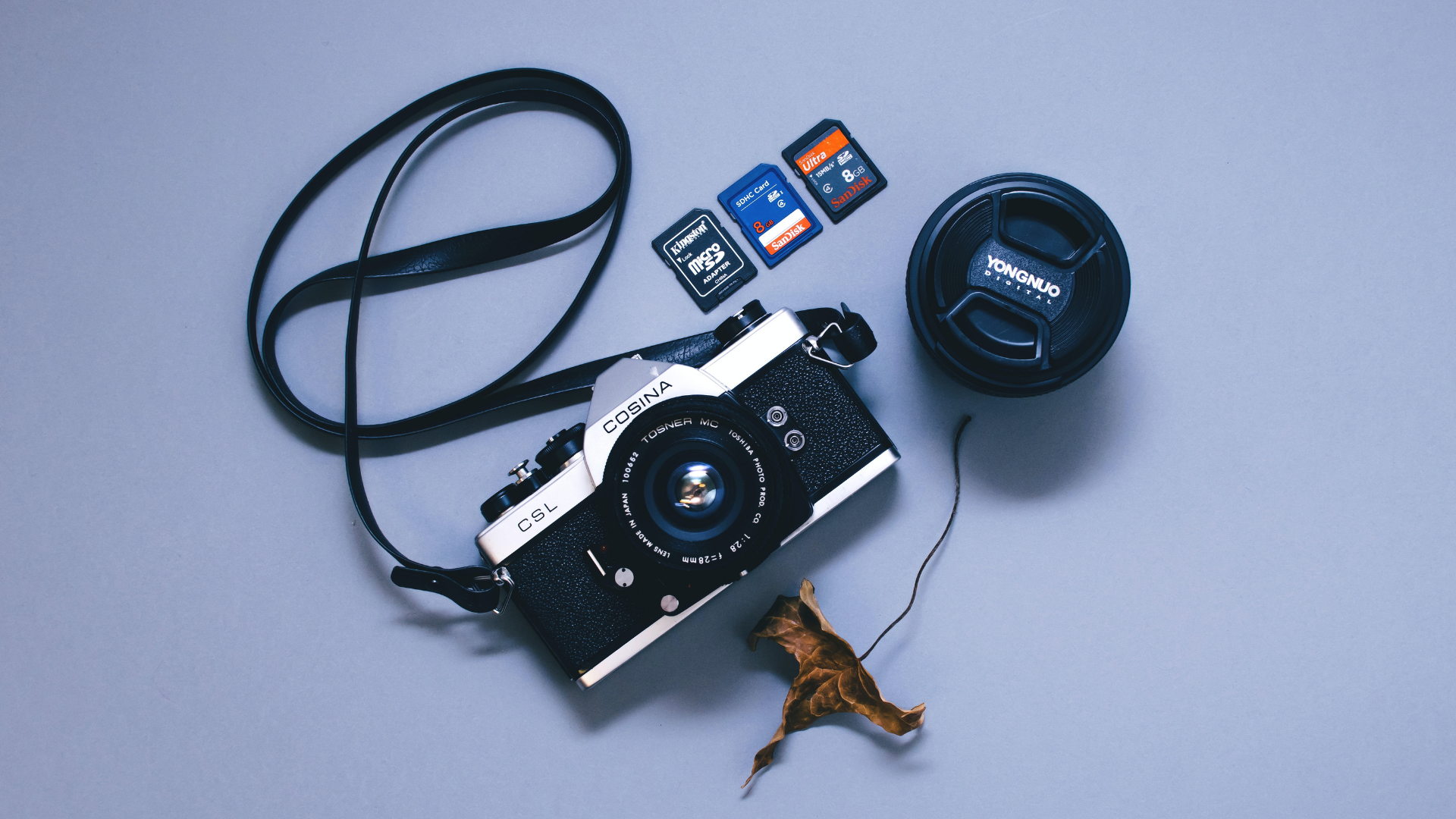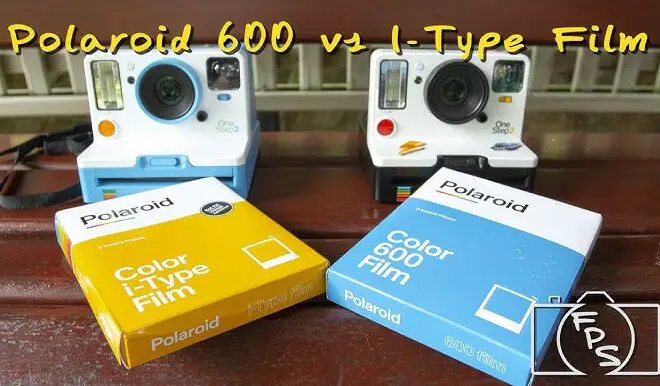
Nikon D750 vs D850 Camera: Ultimate Guide to Your Right Pick
As an Amazon Associate, I earn from qualifying purchases.
Nikon is a well-known brand in the photography market with a variety of cameras that meet the demands of many photographers. They’ve been dishing out solid cameras over the years.
The Nikon D750 and D850 are two of the most well-liked cameras from the company that caters to both professionals as well as enthusiasts. Both cameras are renowned for their superior functionality, beautiful photos, and quick autofocus.
This article will compare the Nikon D750 and D850 based on their features, merit, and performance to conclude as to which camera is the best Nikon D750 vs D850.
Nikon D750 Vs D850: Quick Comparison Chart
| Feature | Nikon D750 | Nikon D850 |
| Lens Mount | Nikon F-mount | Nikon F-mount |
| Sensor | 24.3MP Full-frame CMOS | 45.7MP Full-frame CMOS |
| Autofocus | 51-point AF | 153-point AF |
| Storage | Dual SD card slot | Single card slot |
| Continuous Shots | 6.5 fps | 7 fps |
| Weight | 840 g | 1015 g |
| Battery life | 1230 per charge | 1840 per charge |
| Video | FHD 1080p 60fps | 4K at 30 fps |
| Display | 3.2” (1229000 dots) | 3.2” (2359000 dots) |
| Price | $1796 (Discontinued) Used – from $699.99 | $2796 |
| Buying link | Nikon D750 | Nikon D850 |
| Release date | September 12, 2014 | August 24, 2017 |
Nikon D750 vs D850: What’re the Differences?
It might be challenging to decide between the Nikon D750 and D850 because they are two of Nikon’s top cameras.
Making the best choice requires an awareness of how the two cameras differ from one another. Each camera has a few benefits and drawbacks.
Let’s see what each camera has to offer to the table.
Price:
The pricing differential between the Nikon D750 and D850 is the most significant. The Nikon D750 costs $1796, but the Nikon D850 costs $2796. A photographer’s budget may be significantly impacted by this $1000 price disparity.
The D850 costs more than the D750 because of has more sophisticated features and better image quality capabilities. The Nikon D750 could be a better choice for novice photographers seeking a high-end full-frame camera at a reasonable cost.
Since the D750 has been discontinued by Nikon there are almost new condition cameras available in the used market that go for only $700 which is a really good deal for a camera of this caliber.
The Nikon D750 wins the price competition. It will do a good enough job even professional work to some extent.
Build Quality:
Both the Nikon D750 and D850 are built solidly and sturdily. The entire body of the cameras is made of magnesium alloy. Both cameras are also built with weather sealing. As a result, they are resistant to moisture and dust and ready for events even in bad weather conditions.
The Nikon D850 is a more robust camera to hold than the Nikon D750 due to its increased size and weight. The D850 also boasts a larger grip and a more ergonomic design. The D750, on the other hand, is a more portable camera that is simpler to take with you when you go on a trip.
Here’s a side-by-side picture for comparison.

The Nikon D750 and D850 were designed with different needs in mind.
For portability, the D750 is the better choice while the D850 provides more freedom of operation for the photographer.
The Difference in Design:
The placement of the buttons and controls is a significant design distinction between the Nikon D750 and D850. The D850 includes additional knobs and buttons, which can be advantageous for seasoned photographers who require quick access to particular settings.
The D750, on the other hand, has a simpler design that makes it simpler for amateur photographers to use.
The D850’s larger and heavier body is another difference in design, which reduces its portability when compared to the D750. For outdoor or travel photography, the D750’s smaller and lighter body makes it a more practical camera.
For the more thoughtful design, The Nikon D850 takes the lead here.
Performance, Image Quality, and Image Processing:
With a 45.7 Megapixel Full-Frame CMOS sensor, the Nikon D850 outperforms the Nikon D750, which features a 24.3 Megapixel Full-Frame CMOS sensor.
The higher resolution on the D850 helps photographs to be printed at larger sizes or cropped without sacrificing image quality.
The D850’s larger sensor size also produces improved image quality, with better low-light performance, dynamic range, and color depth when compared to the D750.
Both cameras offer excellent image processing capabilities, producing photos that are crisp and detailed. The D750 features an EXPEED 4 image processor while the Nikon D850 has an EXPEED 5 image processor.
Faster image processing, quicker image playback, and shorter buffer times are all benefits of the D850’s EXPEED 5 image processor.
In terms of pure performance, the Nikon D850 is leagues ahead of the D750. So the price difference is not only for show. The Nikon D850 takes another victory.
Video Performance:
While the Nikon D850 can record 4K video at 30 frames per second, the Nikon D750 can only record Full HD 1080p video at 60 frames per second.
Given that 4K footage is becoming more and more popular in the professional video industry, the D850 is a more versatile option than the D750. With higher resolution and a better dynamic range than the D750, the D850 also produces better video quality.
The built-in microphone and headphone jack on both cameras make it simpler to record audio while recording. Additionally, the Nikon D850 offers a silent live-view mode that makes it simpler to capture video while keeping your subject quiet.
The Nikon D850 provides better video quality which is within expectations. The Nikon D850 takes another lead.
Low-Light Performance: ISO & Noise
A lot of the time, the connection between ISO and noise levels gets neglected. Both cameras are well-suited for low-light photography. But there is a difference in performance.
For reference, this video highlights the D850’s superior noise performance and cutting-edge sensor technology.
In the video, both cameras are put through a series of ISO tests. The results show that, when compared to the D750, the D850 can create photos that are cleaner and more detailed at higher ISO settings.
The D850 can generate noise-free photographs at ISO 6400, but the D750’s images look a little grainy. Let’s see the photos.

Here the photo taken with the D750 shows clear signs of color noise production while the D850 holds color accuracy very well. It isn’t a big difference but it is something that may cause some annoyance to picky photographers.
While the D750’s photos are noticeably noisier and less detailed at ISO 12800, the D850 can still take passable images in that setting. This pattern continues as the ISO settings are raised, with the D850 producing images that are cleaner and more detailed than the D750.
The Nikon D850 takes the best photos under low light conditions.
Verdict
To sum up, the Nikon D750 and D850 are both top-notch cameras that meet the requirements of professional photographers.
The Nikon D850 is a more sophisticated camera with a greater megapixel count, a more sophisticated focusing system, improved video capabilities, and longer battery life. But it also comes with a substantial budget leap.
In contrast, the Nikon D750 is less expensive than the D850 and lighter, making it easier to carry around for extended periods.
But in terms of raw capability, the Nikon D850 takes the crown and is the champ of this debate.
However, the D750 is a more cost-effective solution that nevertheless provides excellent image and video performance, making it a better option for beginner photographers. The choice between the two cameras largely depends on the photographer’s requirements and monetary considerations.
- Read Also: Canon 5D vs 6D: Are Classic DSLRs Still Relevant?
- Read Also: Canon M50 vs M50 Mark II: Is It Worth The Upgrade?
- Read Also: Sony FX3 vs A7S III: Is the Newer Camera Better?
- Read Also: 9 Best Pentax K Mount Camera You Can Buy in 2023
- Read Also: What Are the Differences Between Pentax K1 Vs. K1 Mark II?



